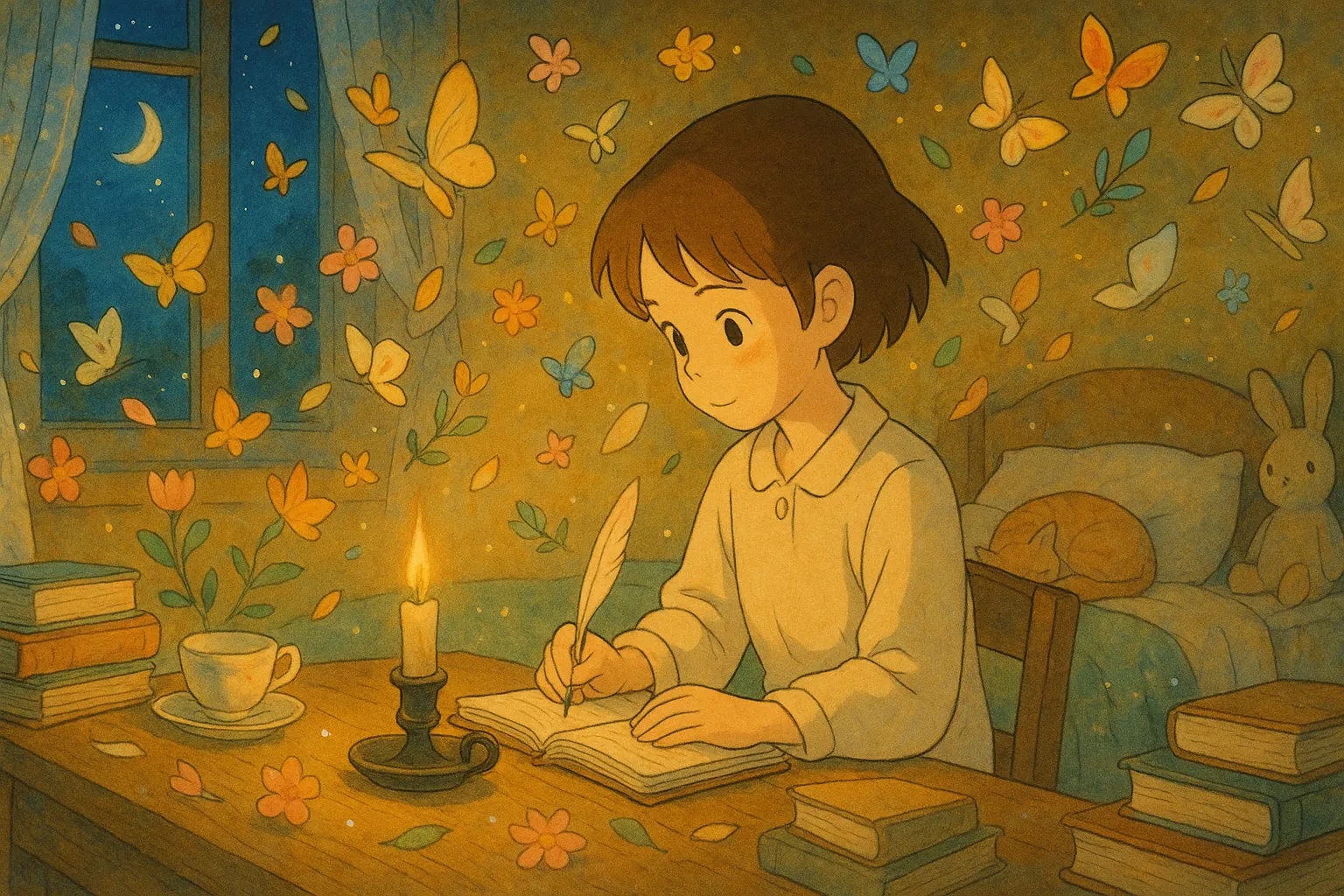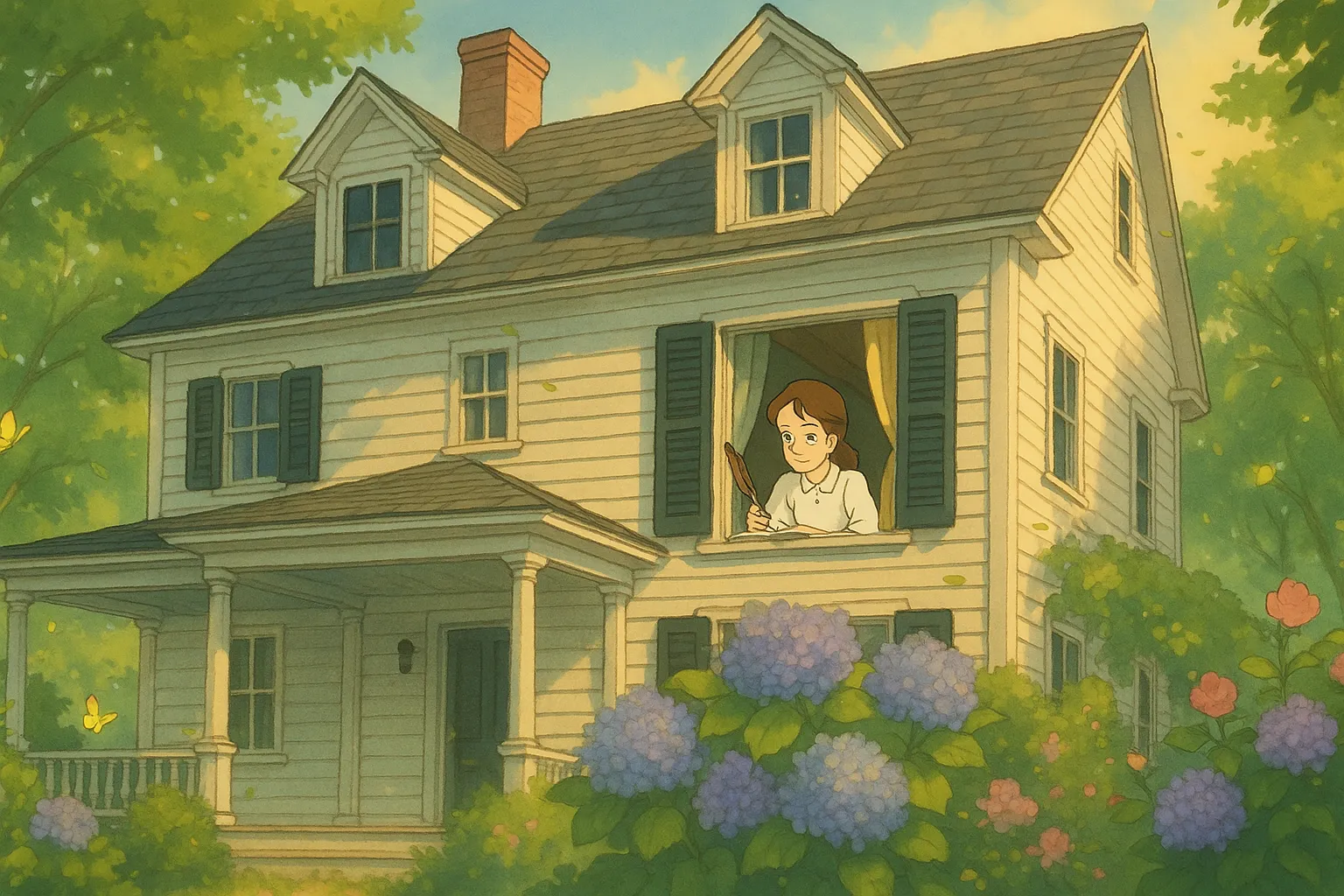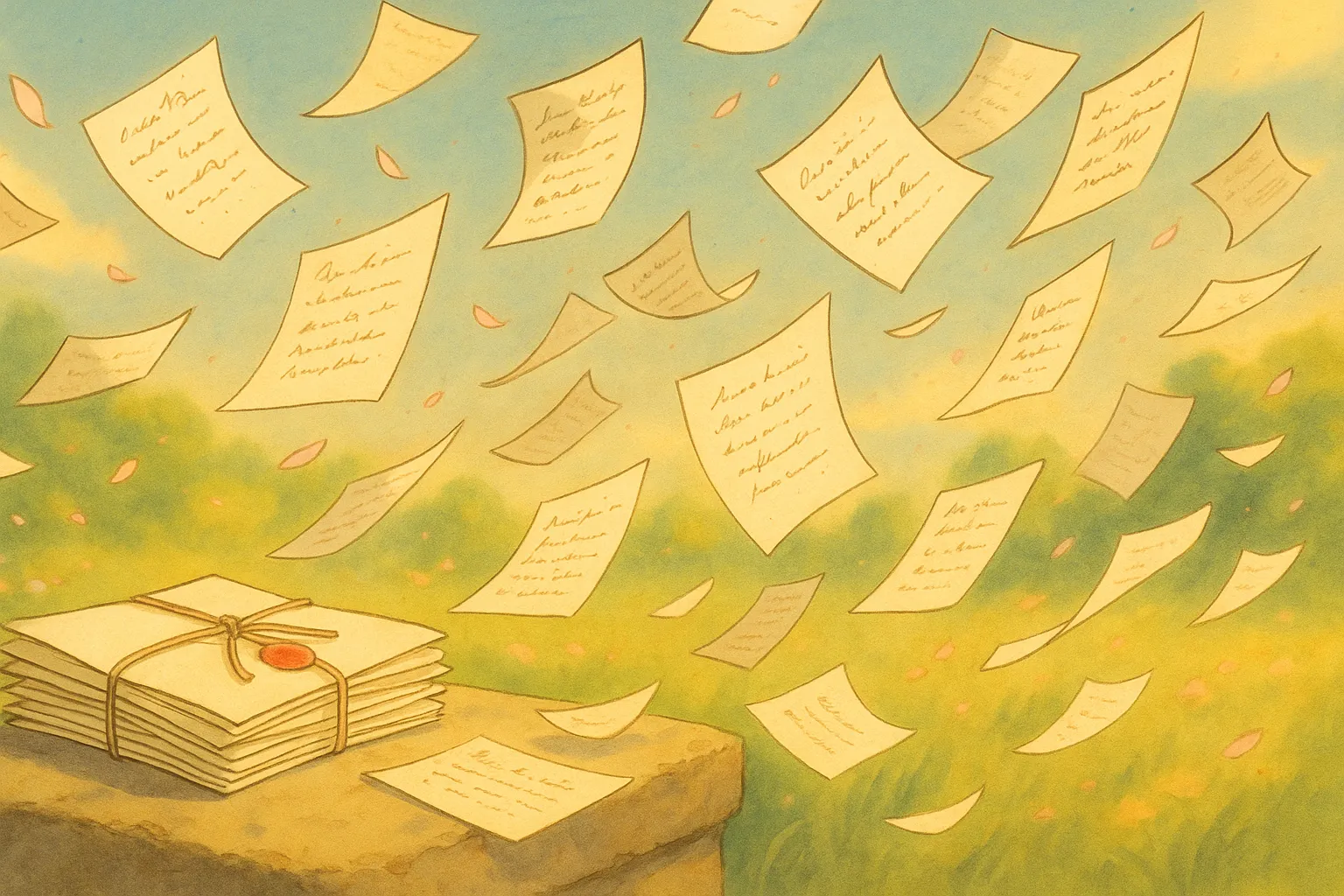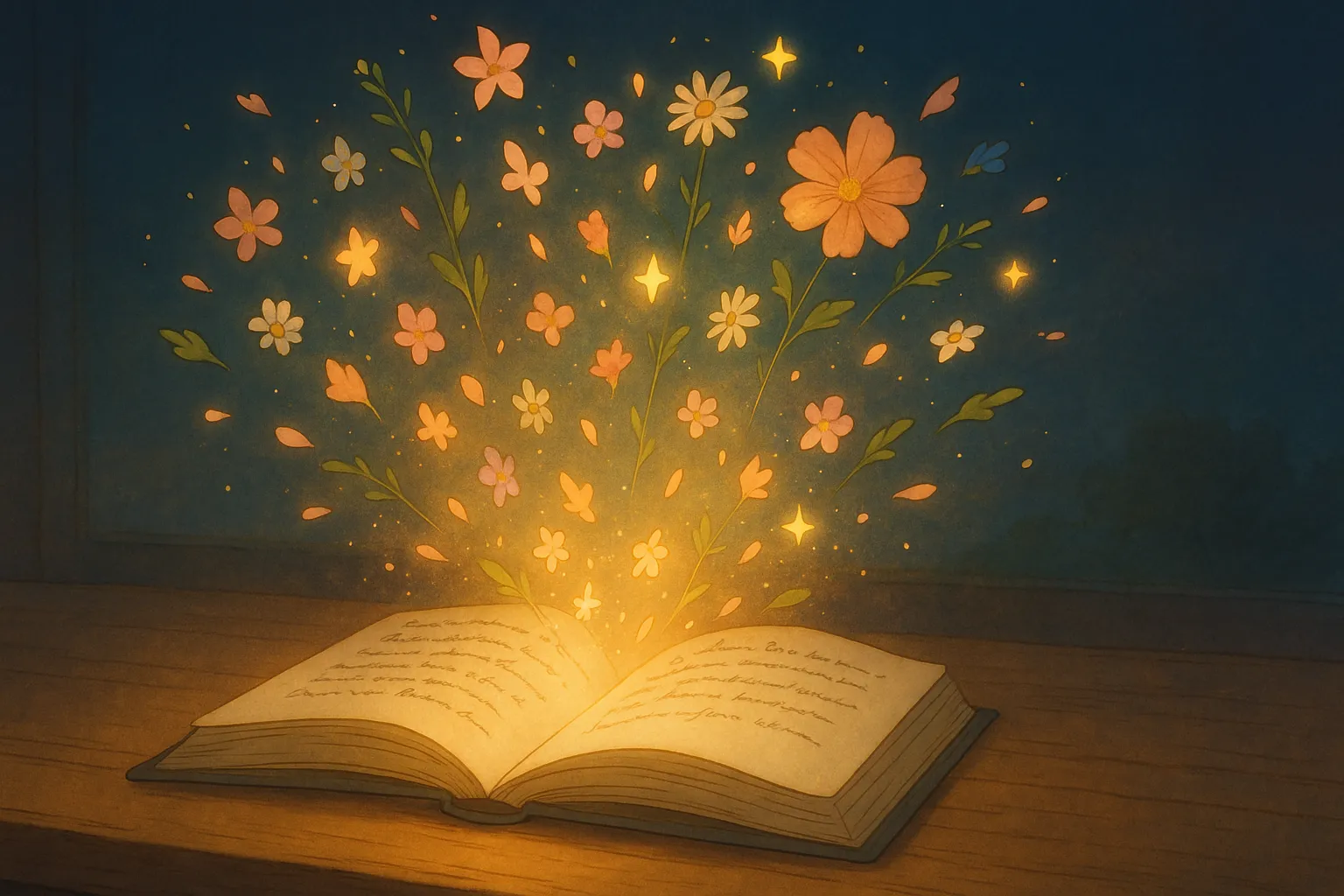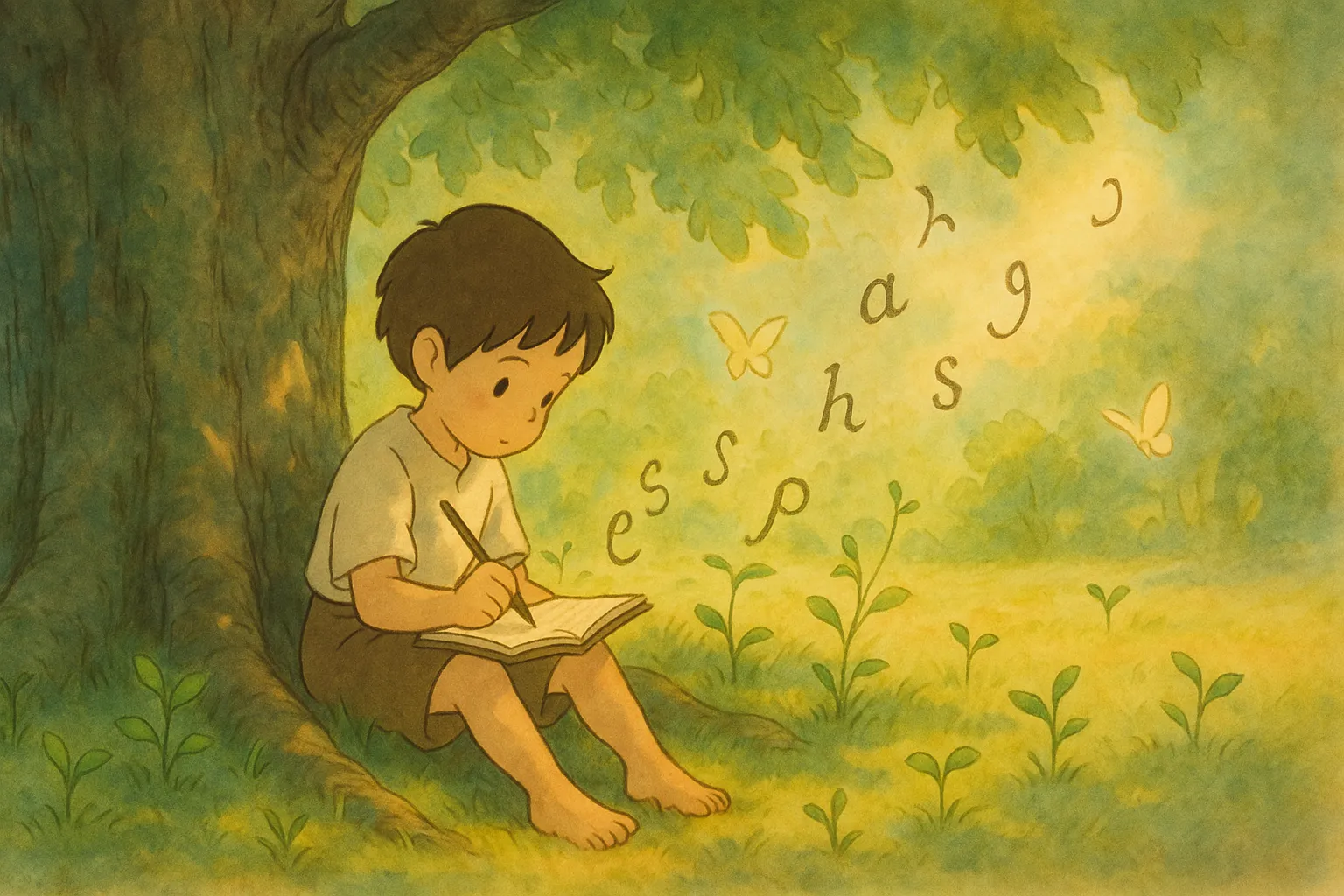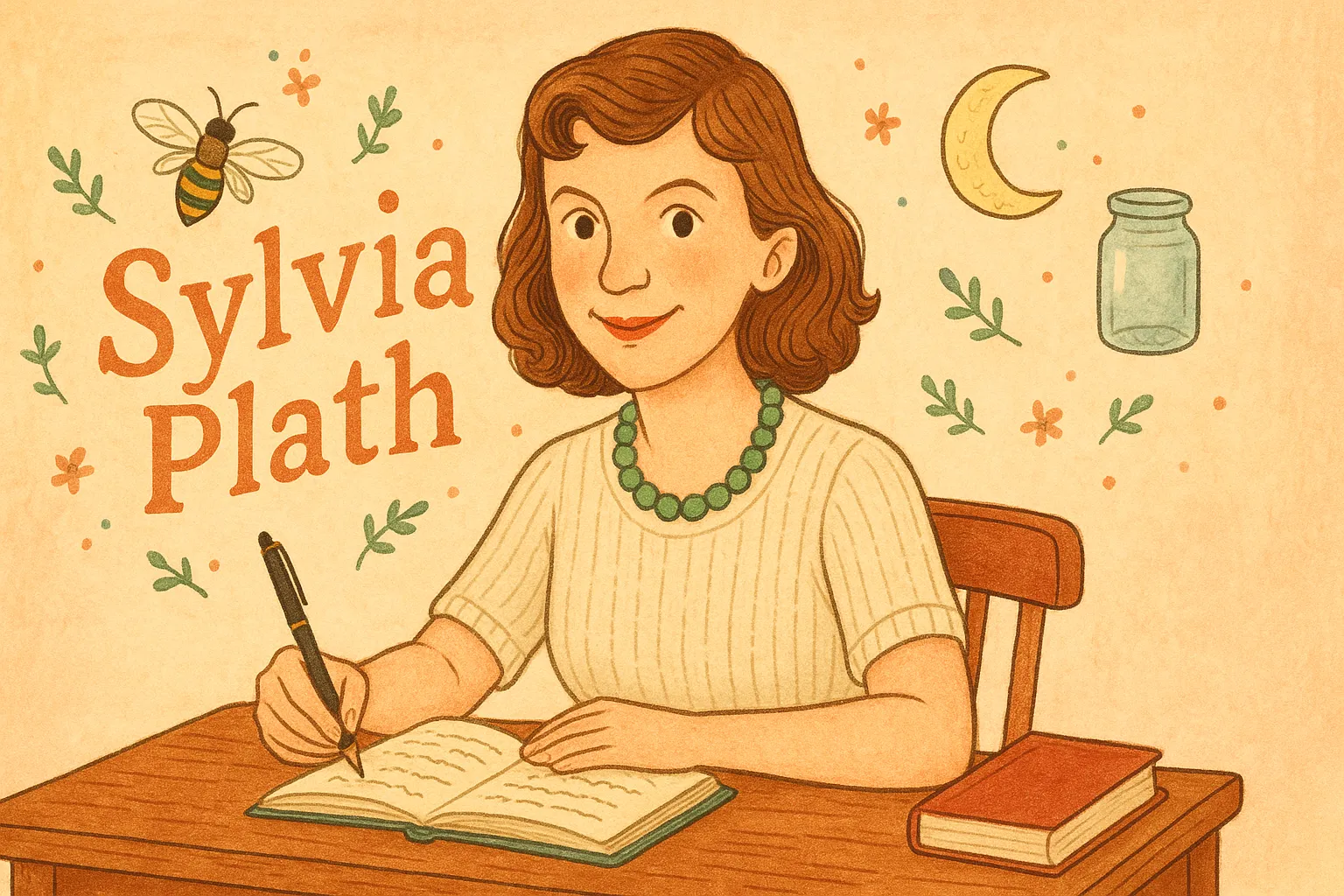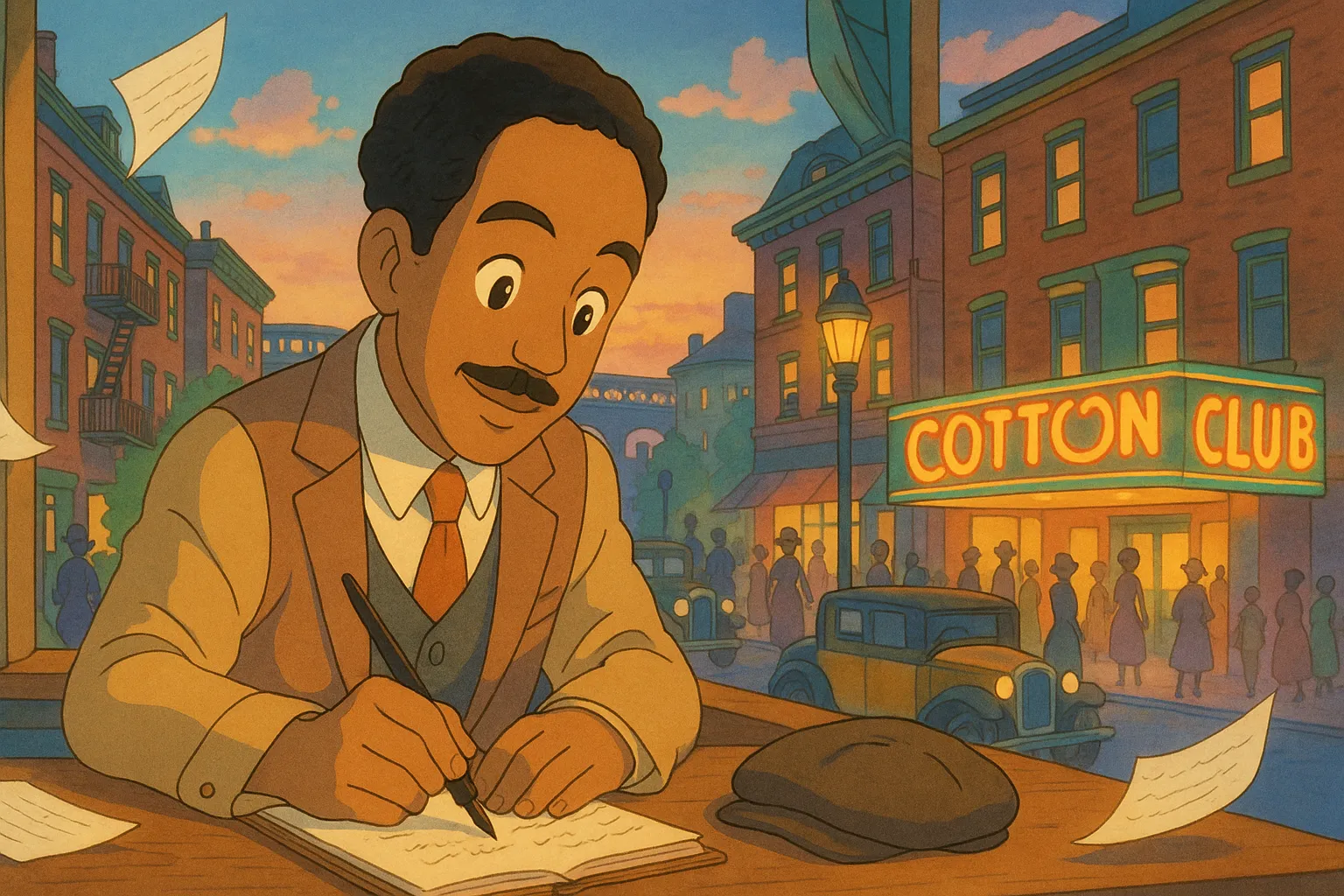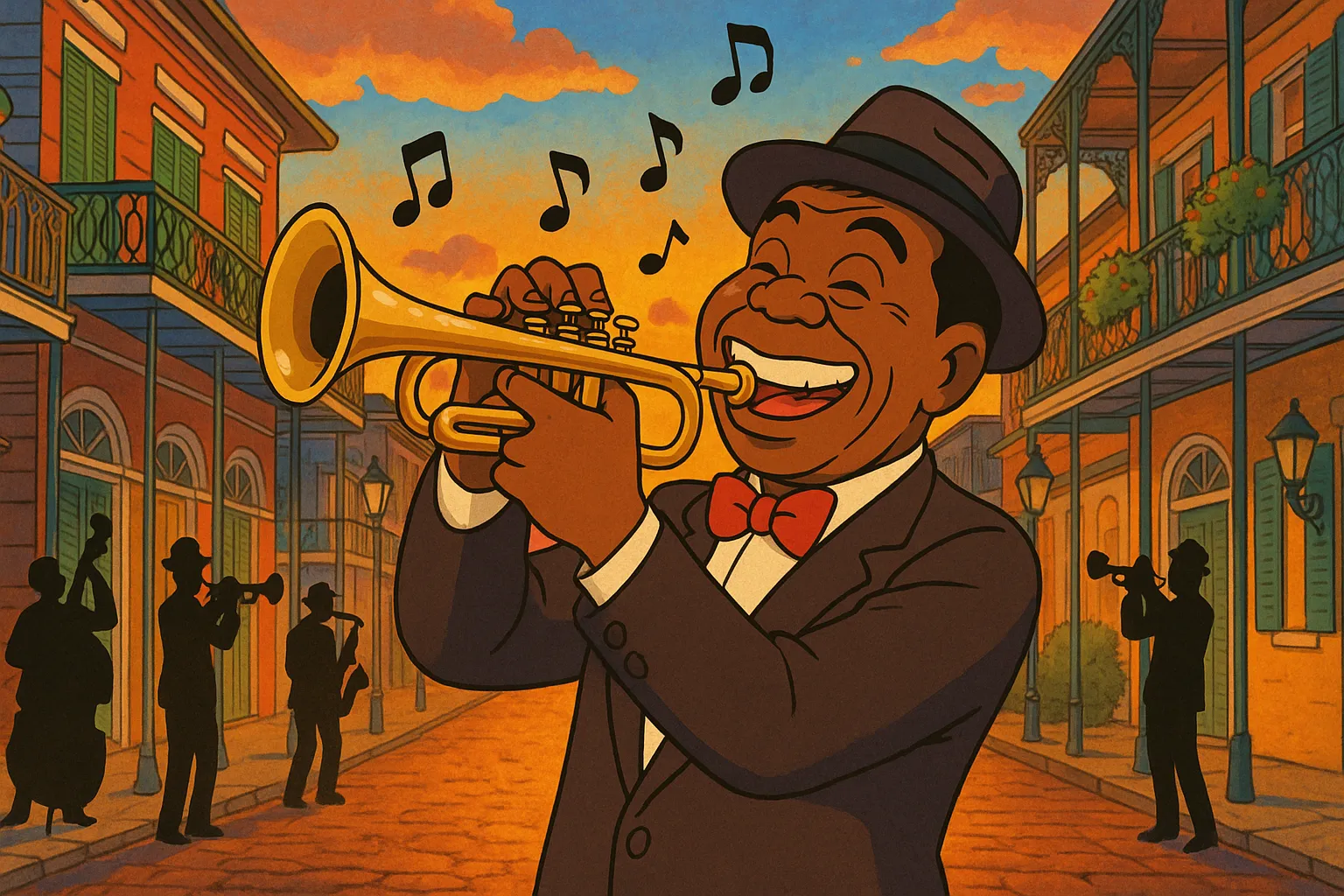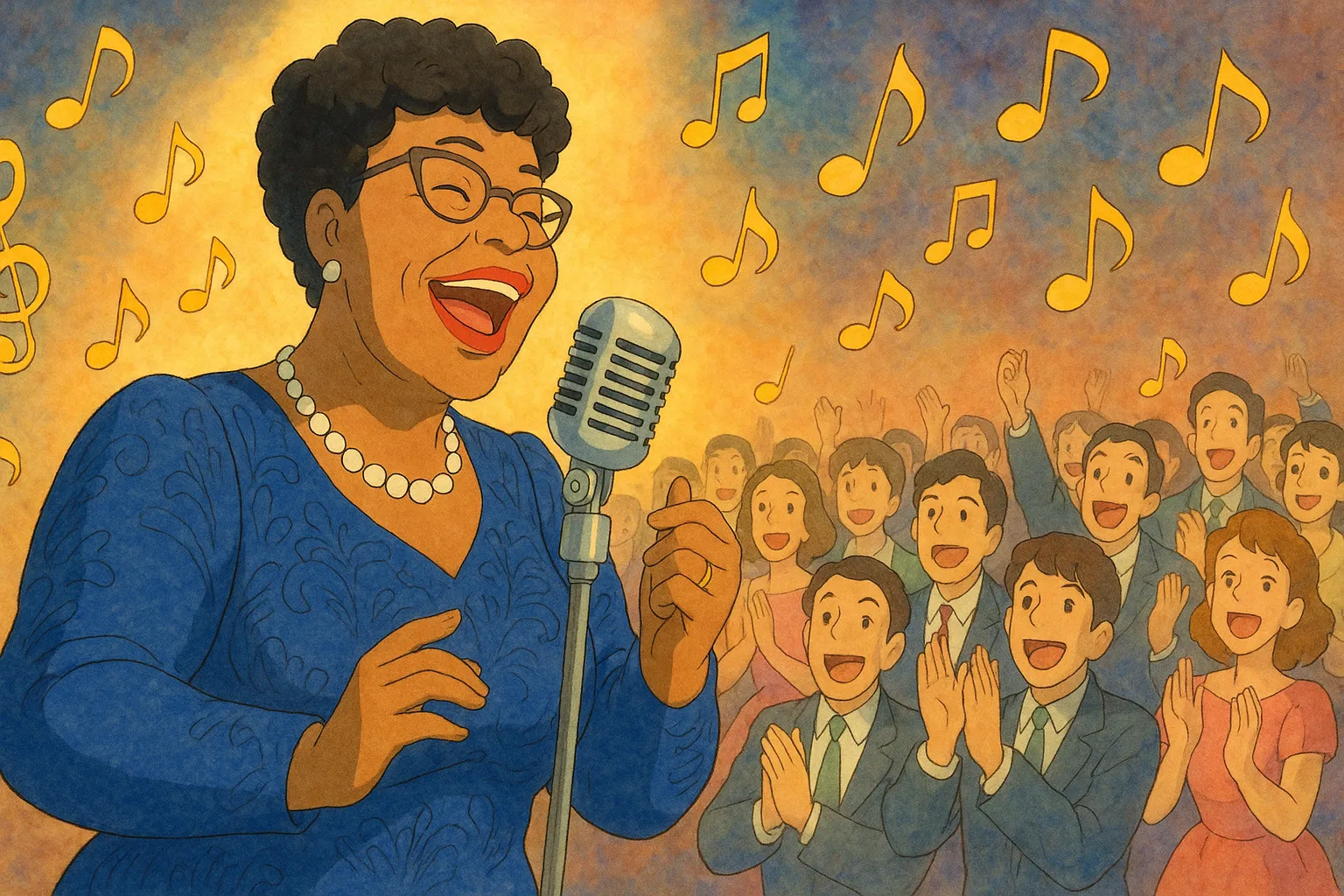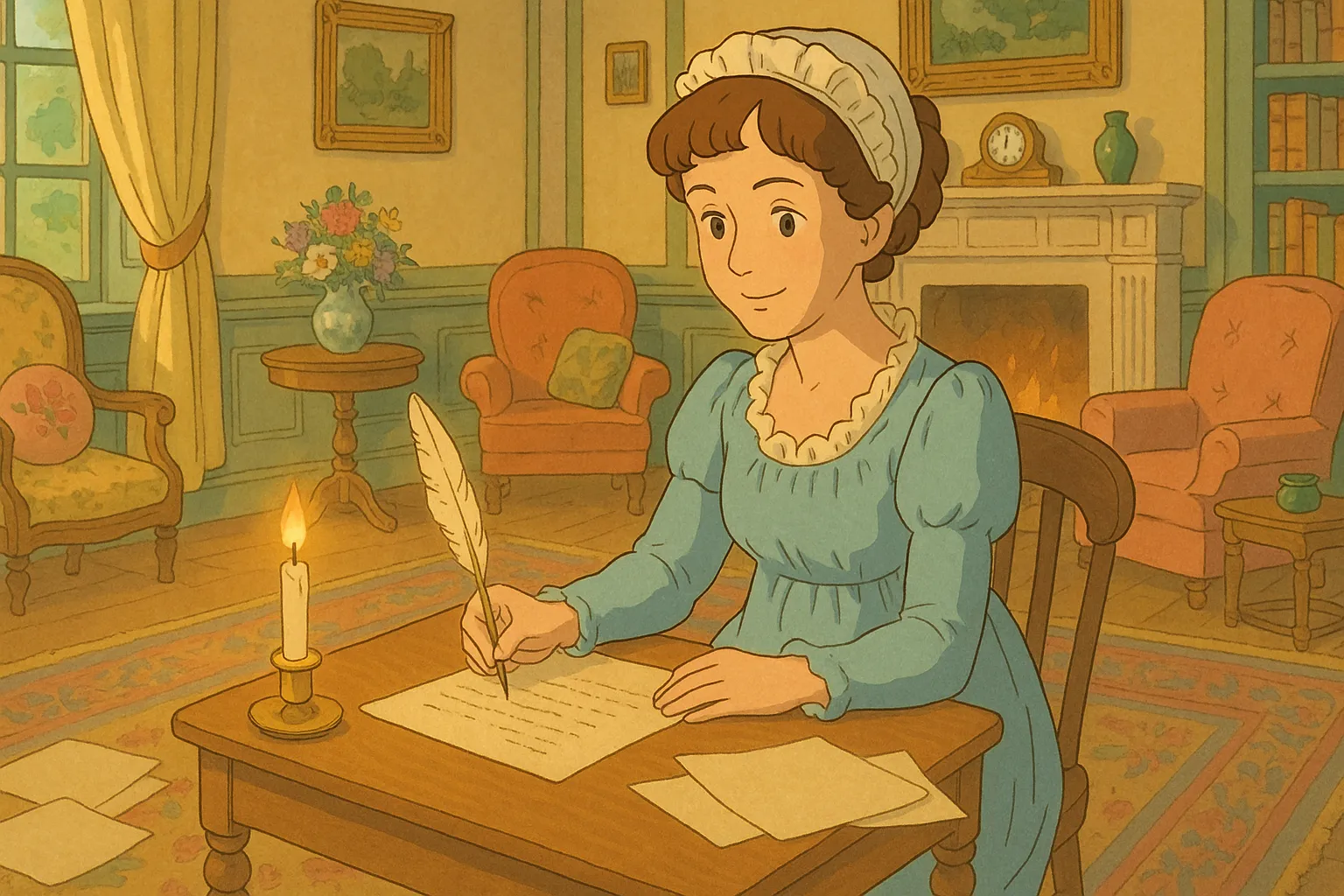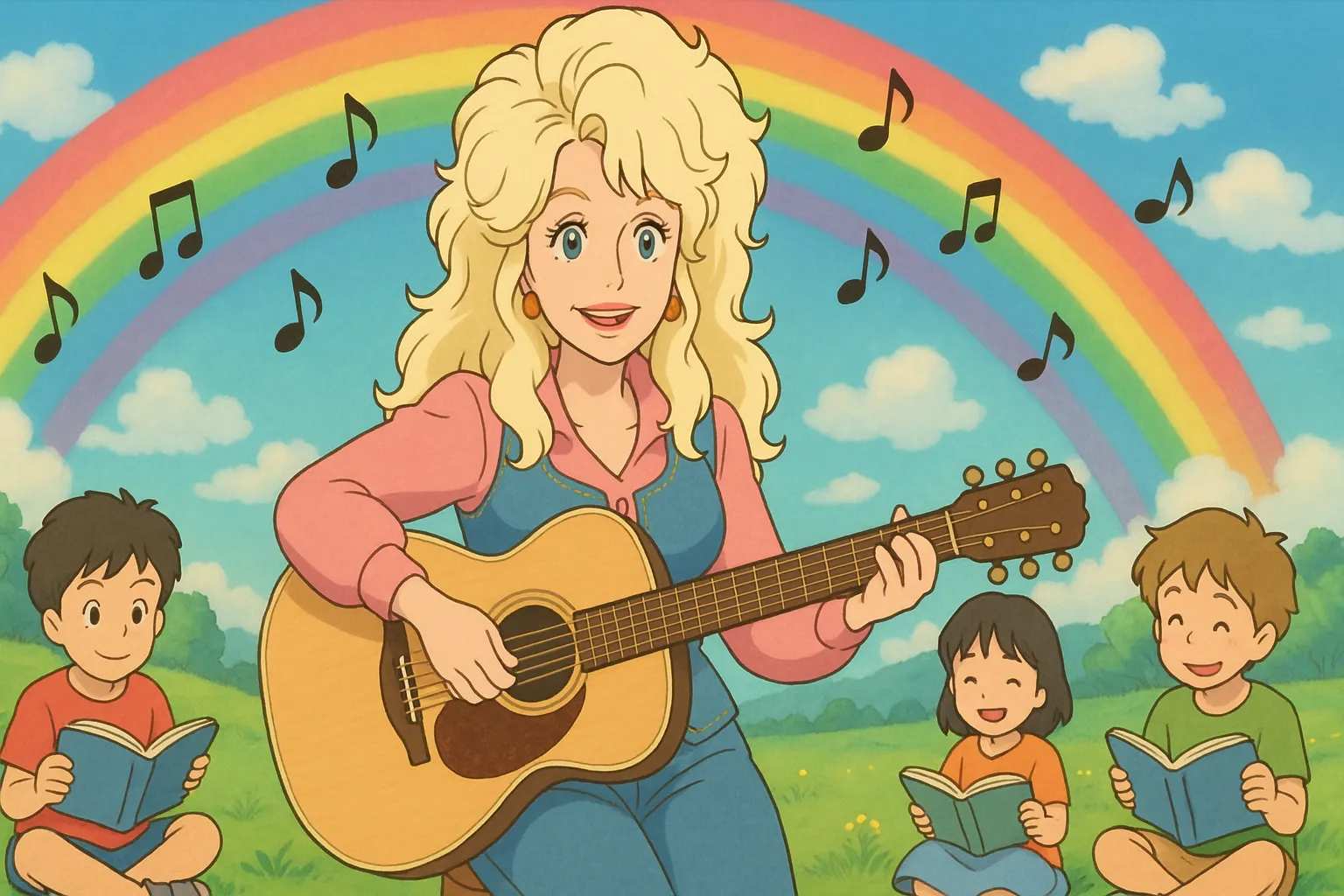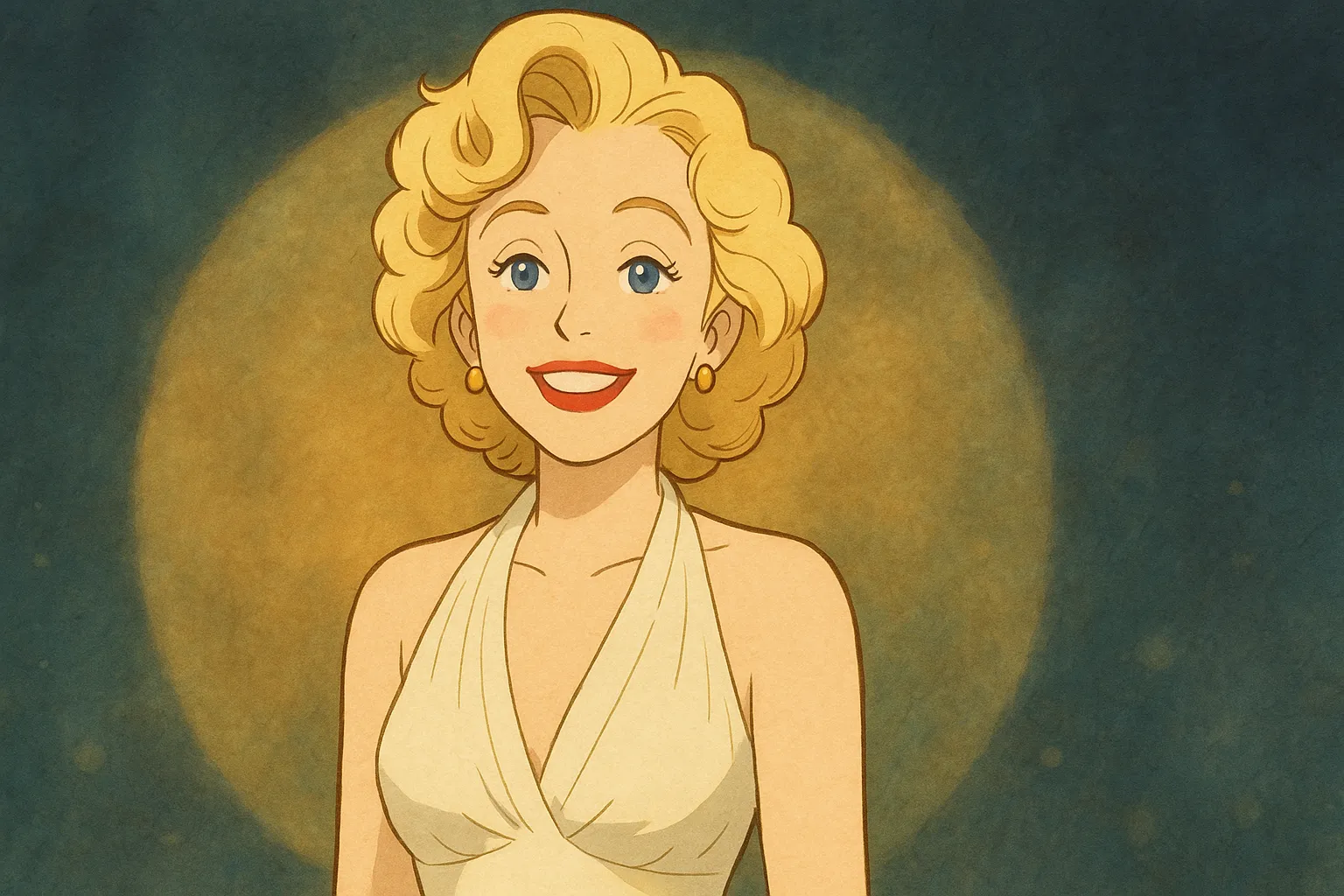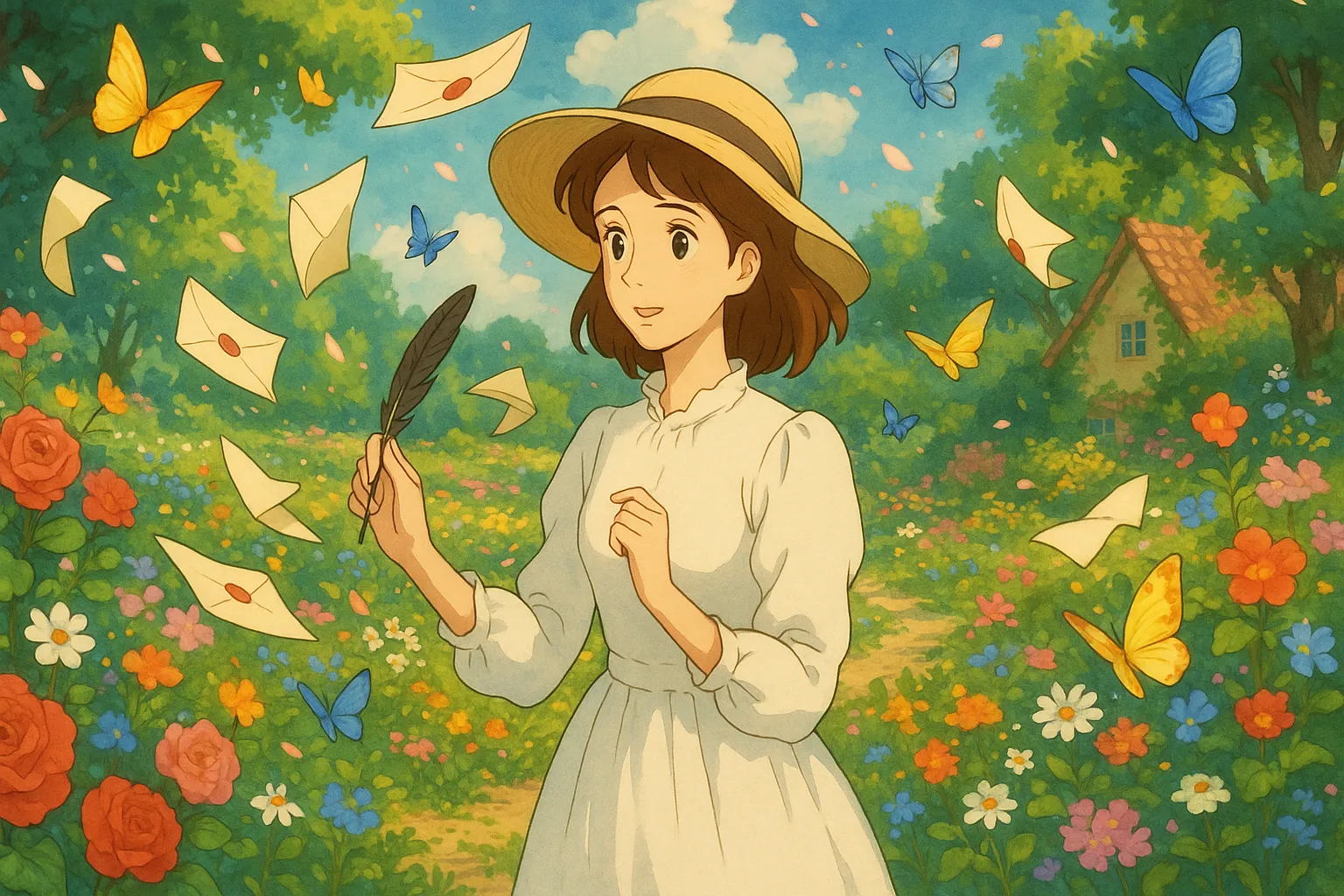
Frequently Asked Questions
When was Emily Dickinson born and when did she die?
Emily Dickinson was born on December 10, 1830, and she died on May 15, 1886.
Did Emily Dickinson ever marry?
No. Emily Dickinson never married; she remained single and formed deep friendships and correspondence instead.
Who was Susan Gilbert Dickinson?
Susan Gilbert was Emily’s closest friend, correspondent, and later her sister-in-law. They exchanged many intimate letters and Susan influenced Emily’s life and work.
What is a “slant rhyme” and did Dickinson use it?
Slant rhyme is an imperfect or near rhyme (like “room” and “storm”). Dickinson often used slant rhymes to create tension and surprising sound patterns in her poems.
Where are Emily Dickinson’s poems and letters kept today?
Major collections of her manuscripts and letters are held by Amherst College and the Emily Dickinson Museum in Amherst, Massachusetts, where researchers can study them.
Why did early editors change the appearance of her poems?
Early editors modernized Dickinson’s unusual punctuation, capitalization, and line breaks to fit conventional print styles, which sometimes altered the poems’ original rhythms and meanings.
What subjects did she write about besides nature?
Beyond nature, Dickinson explored death, immortality, faith and doubt, identity, love, and the inner life—often in short, intense poems.
Is Emily Dickinson’s house open to visitors?
Yes. The Emily Dickinson Museum in Amherst preserves her Homestead and the nearby Evergreens home; visitors can tour exhibits about her life and work.
